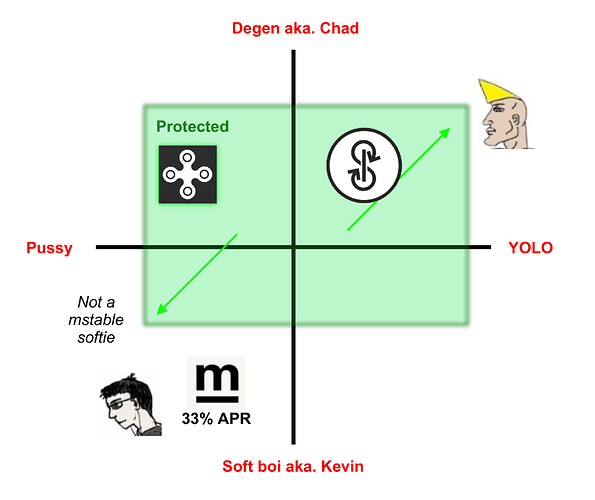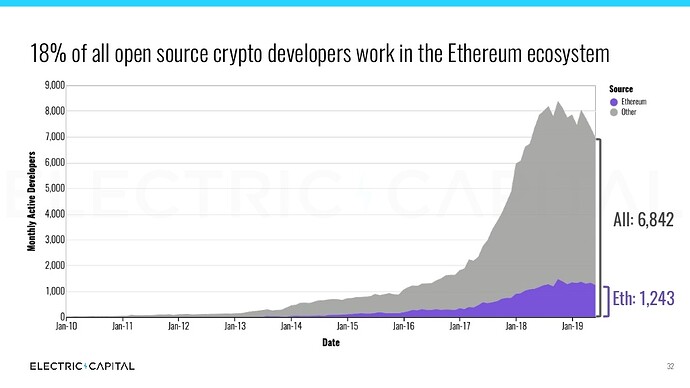Namaste, friends!
As we wrap up another week, I’d like to touch on some topics that keep coming up and something that has been bothering me.
First thing’s first.
Retention
The big R. We all know we have to improve the numbers (reminder that the real-time dashboard lives here), but I want to propose a mentality shift.
I’ve repeatedly heard echoes of an idea that the core team is mostly responsible for retention. While it is true that the core team is responsible for the success and quality of the flagship app, I would like to propose here that retention is everyone’s problem. As someone said, it needs to be a company emergency, not merely a core concern.
The hard fact is this: Status’ success means we all get to deliver on the mission and still have jobs.
Now, what I’m asking for isn’t for more people to write ClojureScript or Golang (although, if you want to do that I’m sure we won’t say no.) Instead, I’m asking for everyone to put their heads together and think about what we can do now that will a) bring more people to the platform, but also b) get them to stay.
Not exhaustive, but some of the things that have come to mind are:
- What uses haven’t we considered for Status?
- How can we inspire more people to use us?
- Have we identified all the hurdles people have?
Focus
The best thing about working with so many incredibly smart people is that a lot of projects happen at the same time. The worst thing about working with so many incredibly smart people is that a lot of projects happen at the same time. As owners of the flagship app, the core team feel the need to be involved in any initiatives that can affect it in any way. Obviously, with limited resources, this comes at a cost.
Most of you know that we’ve shipped Keycard. That means we can bring Roman back into the core team. The desktop team is well underway with their work, which means we can focus on iOS and Android, and bring in Volodymir’s brain cells into the equation.
That will also mean Samuel’s attention will have to lie more on status-go, and less on Stimbus, where Vitaliy is already doing a kick-ass job at moving things along for the platforms we target, and in general, for the concerns those platforms carry.
Finally, I asked Oskar to help us by owning a bit more of the integration of Waku, with the engineering support and guidance of the core team, instead of the other way around. Having the latest and greatest Waku implementation readily available means we’re on the bleeding edge of the protocol, so we win, but also means the protocol gets used out in the field, so they also win.
Like a great fictional president once said, “I love smart people who disagree with me”, and I’m happy to be proven wrong, so if any of this doesn’t make sense, please reach out to me, and we’ll course correct.
Roadmap
There have been some mentions regarding lack of roadmap transparency. You talked, and we listened.
After talking about how to prioritize our efforts, and involving everyone, I heard the same idea from two different people, and I’m a firm believer that this is the way to reshift our priorities to maximize retention.
Effectively, the idea is to nail the features that live at the intersection of high retention and low(-ish) effort. Something like this:
We need to be crystal clear on what retention means in the context of voting for features, and how to measure effort. To see this through, Hester is working on an all-hands and will be communicating more details soon. See it as an opportunity for everyone to have a voice. We’re also considering bringing in some members from the crypto community, to make sure they challenge our biases.
A departing note
These are challenging times we’re going through, and I know things might seem dire, but we’re Status; we got this. Also, I do a lot of things here at Status. The most important thing I do, though, is to talk to you, so don’t be shy and reach out if you want to chat.


